Development and Application of Robotic Technology for Intelligent Grinding of Welds
DOI: 10.23977/jemm.2023.080110 | Downloads: 42 | Views: 1424
Author(s)
Ting Zhang 1, Ming Liu 1, Dongtao Song 1, Hongkun Liu 2, Shujian Ou 2
Affiliation(s)
1 CNPC Baoshishun (Qinhuangdao) Steel Pipe Co., Ltd., Qinhuangdao, Hebei, 066200, China
2 Xiangtan Huajin Heavy Equipment Technology Co., Ltd., Shaoshan, Hunan, 411300, China
Corresponding Author
Hongkun LiuABSTRACT
Large oil and gas conveying pipes are generally made of medium-thickness alloy steel plate welding. The API 5L pipeline steel pipe specification and GB/T9711.1-1997 standard put forward strict requirements for the high butt welding seam of the pipe end. Domestic pipe making enterprises generally use artificial grinding or semi-automatic welding grinding machine to repair steel pipe end weld. At present, there are many problems of poor accuracy and compliance, cumbersome production process, low automation and low labor efficiency. This paper, on the basis of the existing sand belt grinding machine development weld intelligent grinding robot, first using visual recognition technology, realize weld automatic recognition, using fuzzy control and neural network control mechanical arm motion and action, automatic decision grinding motion parameters and movement trajectory, ensure the welding pipe weld grinding quality standard, and improve the processing efficiency.
KEYWORDS
Pipe Welding, Grinding. Robot, Intelligent Decision-Making, Intelligent ControlCITE THIS PAPER
Ting Zhang, Ming Liu, Dongtao Song, Hongkun Liu, Shujian Ou, Development and Application of Robotic Technology for Intelligent Grinding of Welds. Journal of Engineering Mechanics and Machinery (2023) Vol. 8: 86-94. DOI: http://dx.doi.org/10.23977/jemm.2023.080110.
REFERENCES
[1] Zhu He, Tian Yanping, Wang Shuxiang, Wang Tiemin & Li Jiping (2021). Design of submerged arc welded steel pipe.Steel pipe (02), 59-62. doi:10.19938/j.steelpipe.1001-2311.2021.2.59.62.
[2] Pan Tong. (2021) Robot weld recognition and grinding tool posture optimization based on point cloud (master's thesis, Dalian University of Technology). https://kns.cnki.net/KCMS/detail/detail.aspx?dbname=CMFD202201& filename=1021698890.nh
[3] Li Dongxu, Hu Xin, Wang Yu, Li Zhuang & Chen Ke. (2020). The method of tube weld based on point laser detection. Manufacturing Technology and Machine Tool (12), 87-91. doi:10.19287/j.cnki.1005-2402.2020.12.017.
[4] Yu Zhuer, Deng Zhaohui, Ge Jimin, Liu Wei & Li Chongyang. (2021) Research Progress of Key Technology of Welding Tracking System Based on Robot Vision. Mechanical Design and Manufacturing Engineering (09), 7-11.
[5] Ge Jimin, Deng Zhaohui, Li Wei, Li Chongyang, Chen Xi & Peng Deping.(2021) Progress on flexible control of robot grinding force. China Mechanical Engineering (18), 2217-2230 + 2238.
[6] Ge Jimin, Deng Zhaohui & Yu Zhuoer. (2020) Kinematic modeling and dynamic simulation of weld grinding and throwing robot. Mechanical Engineer (04), 34-37 + 40.
[7] Fu Z, Ji B, Kong X, et al. (2017) Grinding treatment effect on rib-to-roof weld fatigue performance of steel bridge decks. Journal of Constructional Steel Research, 129(FEB): 163-170
[8] Mohammad A E K, Hong J, Wang D. (2017) Polishing of uneven surfaces using industrial robots based on neural network and genetic algorithm. The International Journal of Advanced Manufacturing Technology, 93(1): 1-9
[9] Huang T, Li C, Wang Z, et al. (2016) A flexible system of complex surface polishing based on the analysis of the contact force and path research. 2016 IEEE Workshop on Advanced Robotics & its Social Impacts. IEEE.
[10] Xie S, Li S, Chen B, et al. (2017) Research on Robot Grinding Technology Considering Removal Rate and Roughness. International Conference on Intelligent Robotics and Applications.
[11] Xie Xiaohui, Sun Lining & Cheng Yuan. (2016). Robot compliant grinding method and experiment based on offline programming. Journal of Nanjing University of Science and Technology (05), 619-625. doi: 10.14177/j.cnki.32-1397n.2016.40 .05.019.
[12] Zhao Ji, Zhao Jun, Zhang Lei, Han Feifei & Fan Cheng. (2013). Realization and experimental research of robot vision algorithm for welding seam grinding and polishing. Chinese Journal of Mechanical Engineering (20), 42-48.
[13] Zhao Jun, Zhao Ji & Zhang Lei. (2013). Weld Structured Light Image Processing and Feature Extraction Method. Journal of Xi'an Jiaotong University (01), 114-119.
[14] Nguyen H C, Lee B R. (2014) Laser-vision-based quality inspection system for small-bead laser welding. International journal of precision engineering and manufacturing, 15(3): 415-423.
[15] Li Y, Xu D, Yan Z, et al. (2007) Girth seam tracking system based on vision for pipe welding robot[M]//Robotic Welding, Intelligence and Automation. Springer, Berlin, Heidelberg, 391-399.
[16] Ye G, Guo J, Sun Z, et al. (2018) Weld bead recognition using laser vision with model-based classification. Robotics and Computer-Integrated Manufacturing, 52: 9-16.
[17] Yang Pengcheng, Gao Xiangdong, Lin Shaoduo, Ma Bo & Pan Chunrong. (2020). Laser scanning 3D reconstruction measurement of weld surface defects. Chinese Journal of Welding (03), 59-63+100.
[18] He Yinshui, Yu Zhuohua, Li Jian & Ma Guohong. (2019). Effective extraction of welding seam profile for thick plate robotic welding based on visual features. Chinese Journal of Mechanical Engineering (17), 56-60.
[19] Guo Liang & Zhang Hua. (2019). A mobile robot tracking system for the recognition of discontinuous polyline welds in small spaces. Chinese Journal of Mechanical Engineering (17), 8-13.
[20] Gao Xiangdong, Xu Erjuan & Li Xiuzhong. (2017). Multi-Innovation Theory Optimizing Kalman Filtering Weld Online Recognition. Chinese Journal of Welding (03), 1-4+129.
| Downloads: | 11185 |
|---|---|
| Visits: | 431876 |
Sponsors, Associates, and Links
-
Cybernetics and Mechatronics
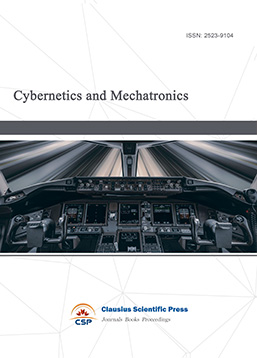
-
Digital Manufacturing and Process Management
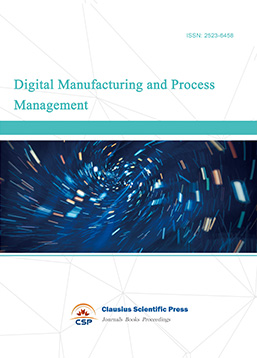
-
Ultra-Precision Machining Process

-
Journal of Robotics and Biomimetics
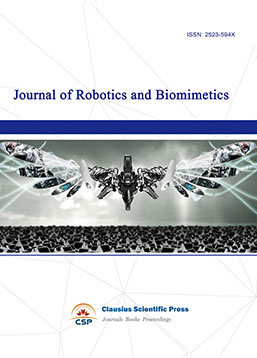
-
Prognostics, Diagnostics and Health Management

-
Micro-Electro-Mechanical Systems

-
Journal of Precision Instrument and Machinery
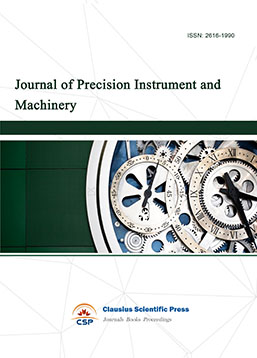
-
Engineering and Solid Mechanics

-
Fracture and Damage Mechanics
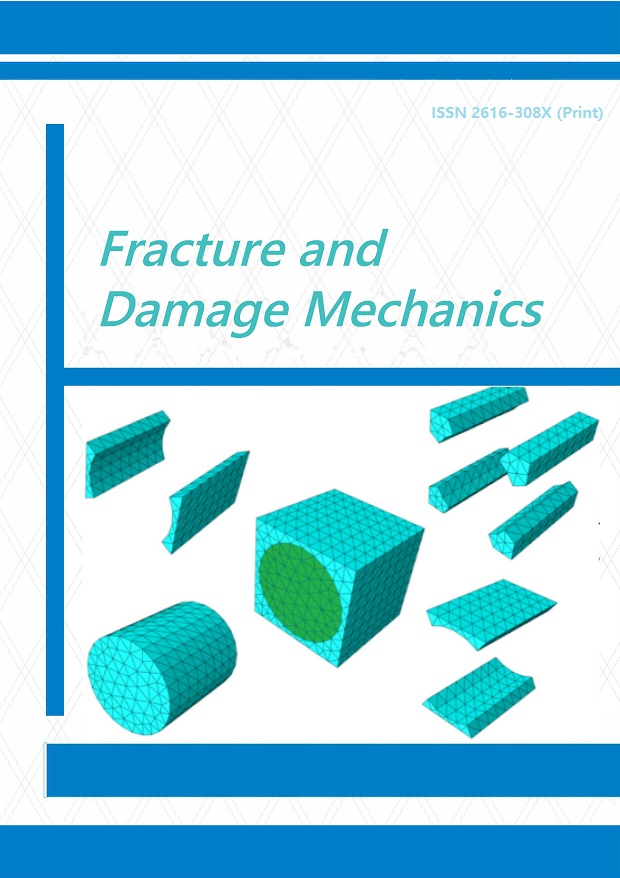
-
Frontiers in Tribology

-
Fluid and Power Machinery

-
Chemical Process Equipment
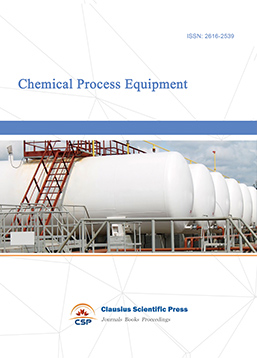
-
Journal of Assembly and Manufacturing
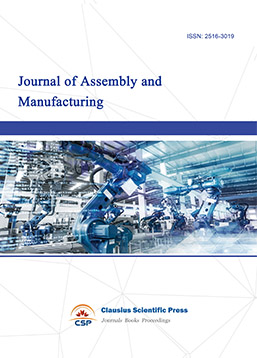
-
Mechanical Vibration and Noise


 Download as PDF
Download as PDF